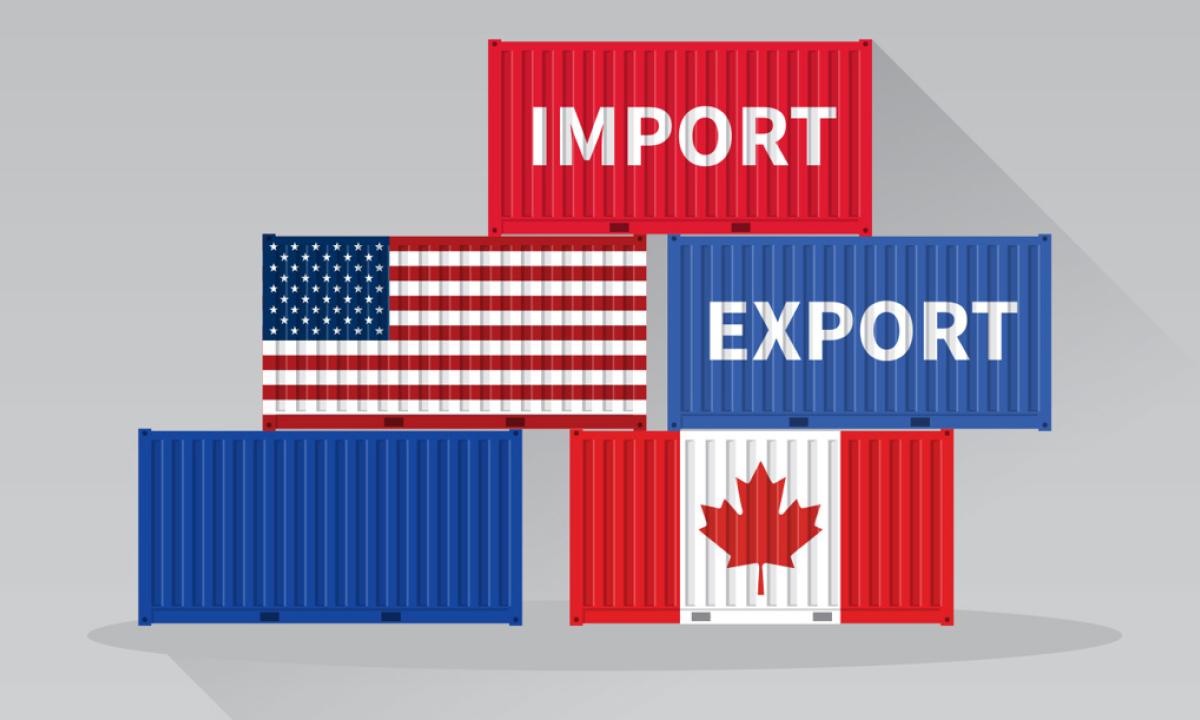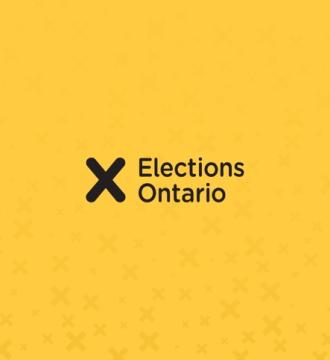Border Shifts: Tracking the New U.S.-Canada Tariff Policies

The United States has announced new tariffs on Canadian steel, aluminum, and other goods as part of a broader trade policy shift (Canada Department of Finance, 2025). In response, Canada is imposing its own counter-tariffs on $29.8 billion worth of U.S. imports (Canada Department of Finance, 2025). While these measures have only recently taken effect, they are already raising concerns among businesses, workers, and communities across Canada.
What’s Coming?
The United States has announced new tariffs on Canadian steel, aluminum, and other goods, marking a shift in its trade policy (Canada Department of Finance, 2025). In response, Canada is imposing its own counter-tariffs on $29.8 billion worth of U.S. imports, impacting businesses, workers, and communities across the country (Canada Department of Finance, 2025). These measures are already raising concerns about the potential long-term effects on both economies.
The U.S. Tariffs and Canada’s Response: In a bid to address trade imbalances and national security concerns, the U.S. has imposed new tariffs on Canadian steel, aluminum, and various other goods, including raw materials for manufacturing, consumer electronics, and auto parts (White House, 2025). The U.S. government argues that these tariffs will boost domestic production and reduce reliance on foreign imports, despite warnings from economists about potential negative consequences, such as higher costs for American businesses and consumers (The Guardian, 2025; NBC News, 2025).
In retaliation, Canada has implemented its own 25% counter-tariffs on a range of U.S. products, including steel, aluminum, consumer goods, and electronics (Canada Department of Finance, 2025). The Canadian government is also taking steps to support businesses and workers affected by the tariffs. These measures include the Trade Impact Program, which will deploy $5 billion over two years to help Canadian exporters access new markets and address challenges such as non-payment, currency fluctuations, and expansion barriers (Canada Department of Finance, 2025). Additional financial assistance programs, job protection initiatives, and favorable loan programs have been introduced to help industries hit hardest by the tariffs (Canada Department of Finance, 2025)
The Bigger Picture: What This Could Mean for Canadians?
The effects of these tariffs will likely extend beyond industry leaders and policymakers. Everyday Canadians could experience:
- Higher costs for consumer goods due to increased import taxes. Items such as home appliances, electronics, and automobiles could see price hikes (NBC News, 2025).
- Disruptions to local businesses, particularly those dependent on U.S. supply chains. Small and medium-sized enterprises that rely on U.S. imports for their operations may struggle with rising costs (Hicks Morley, 2025).
- Job uncertainty, as companies grapple with increased production costs. Industries such as manufacturing, retail, and agriculture could be especially vulnerable to employment instability (Hicks Morley, 2025).
- Potential long-term economic strain, as Canadian businesses explore alternative supply chains, which may not be as cost-effective as U.S. partnerships (NBC News, 2025).
Organizations in Peel Providing Trauma Support
For individuals and families in Peel Region, several organizations offer trauma-informed services:
- Family Services of Peel - Provides trauma-specific services such as individual and group counseling, peer support, and educational programs. Their programs are designed to assist children who have experienced or witnessed violence.
- Victim Services of Peel - Offers a 24-hour crisis line and immediate on-site support for individuals affected by trauma. Their crisis team provides referrals to a wide range of services and supports for victims.
- Punjabi Community Health Services (PCHS) – Offers culturally specific mental health and wellness programs for the Punjabi-speaking community, providing trauma-informed counseling and support services that focus on building resilience and healing, especially for those impacted by intergenerational trauma.
- Catholic Family Services Peel-Dufferin – HEAL Program - The HEAL (Helping End Abuse for Life) program offers therapeutic group sessions for mothers and children to process experiences of violence. They also provide youth groups and educational workshops focused on building leadership skills and addressing the impacts of intimate partner and family violence.
- Centre of Addiction and Mental Health (CAMH) – Has created a resource guide that provides information to different trauma supports, which you can access here.
- Roots Community Services Inc – Provides culturally responsive programs for Black youth and their families, focusing on trauma-informed and healing-centered interventions. These programs aim to address the unique challenges faced by Black communities, acknowledging the impact of intergenerational trauma.
- Indus Community Services – Provides culturally responsive, trauma-informed counseling and services for individuals experiencing domestic violence, intergenerational trauma, and mental health challenges. Their programs aim to empower individuals and families to heal and thrive.
- Associated Youth Services of Peel (AYSP) – Offers trauma-specific services including individual and family counseling for youth facing mental health challenges, particularly those impacted by trauma. They also offer prevention programs to build resilience and coping strategies.
Community Perspectives: Insights from Our Discussion
At a recent ABR-SD Collective meeting, several concerns were raised. For example:
- Mental Health Impacts: Many expressed anxiety over the economic uncertainty and its effect on their well-being. Social service professionals noted that both staff and clients are experiencing heightened stress due to the unpredictability of these political decisions.
- Concerns for DEI Initiatives: Some community members feared that economic instability could weaken diversity, equity, and inclusion (DEI) efforts, particularly in underfunded sectors.
- Human Rights vs. DEI Framework: There was debate about whether a human rights-based approach might be more effective than current DEI initiatives in advocating for marginalized communities. While some supported shifting to a legally enforceable human rights framework, others raised concerns about the limitations of human rights legislation in protecting vulnerable groups.
Advocacy & Sector Growth: Calls were made to strengthen advocacy efforts and build a social service economic response coalition to address potential funding cuts and rising costs.
Join the Conversation!
The tariff wars represent a significant economic shift with potential consequences for businesses, workers, and communities across the country. While government measures are in place, the real impact remains uncertain. Your voice matters—join the discussion and share your perspective in the forum. Let’s navigate these challenges together and advocate for solutions that benefit everyone. Share your thoughts by answering these questions:
- If prices increase, how will that impact your budget, spending habits, or financial stability?
- If you run a business or work in an industry that relies on U.S. imports, how are you preparing for these changes?
- Do you think these tariffs could lead to job cuts, wage stagnation, or hiring freezes in your industry?
- How would you like community organizations, advocacy groups, and policymakers to respond to these changes?
Your voice matters—let’s work together to foster healing and transformation.





Bio: Bio: